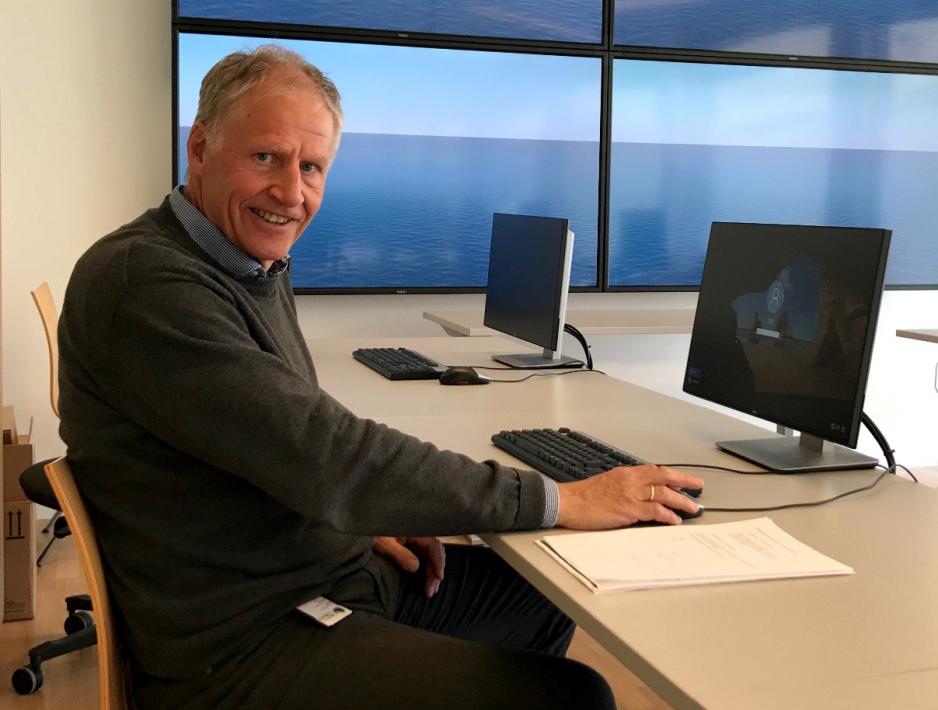8 Million NOK to Research on Preparedness in the High North

The need for preparedness increases along with the increasing level of activity in the High North. However, limited resources require close cross-border cooperation.
The Norwegian Research Council has allocated 8 million Norwegian kroner (€ 855,000) to the ‘Marec – Internorganizational Coordination of Mass Rescue’ project, in order to conduct research on international cooperation in mass rescue operations in the northern seas.
- We are to develop the scientific foundation for working with this kind of issues, in particular preparedness management and collaboration, professor Odd Jarl Borch at Nord University explains.
14 scientists from 6 countries
He leads the project, which for a period of three years will employ 14 researchers from 6 different countries. The Research Council has allocated 8 million kroner out of a total frame of 10.5 million, and the project partners are all from the University of the Arctic network.
- Both UNIS at Svalbard, the University of Tromsø – Norway’s Arctic University and the Norwegian Police Academy are involved from Norway, Borch says. In addition, the project includes universities from Greenland, Canada, Iceland, Sweden and Russia.
Together they are to increase the professional understanding of organizational and leadership challenges when it comes to High North preparedness, and the competence demand that comes with collaboration management. Producing educational textbooks and testing out different training programs along the way are also goals for the project.
Enormous distances require cooperation
Activities are on the rise in the High North, and preparedness needs to be continually improved.
- There are ever more and ever larger units coming to the area, such as cruise ships that may have up to thousands of passengers. There are also increased oil and gas exploration activities in the Norwegian parts of the Barents Sea and northwestern Russia. All these are activities that require solid preparedness in case anything should go wrong, Borch says.
- What is the biggest challenge per today?
- The fact that there are so limited resources. That is why cross-border collaboration is even more important should anything occur. And, of course, the emergency response time is a major challenge when the distances are as vast as here.
Learn from experience
When the project rolls out in 2018, the scientists will put a lot of effort into looking at the real-life experiences that various preparedness actors already possess from rescue operations and practices that have taken place in the past. They will also look into how things could have been done better when it comes to education, training and exercise.
- When doing this, we will make active use of the preparedness management simulator that Nord University has invested in, Borch says.
He is happy to open the door and show us what to an untrained eye may appear to be ‘just’ a room full of computers in various sizes. However, in the operations room there is a lot to find behind the screens, for instance advanced technology developed by Kongsberg Digital. We find a.o. the world’s most advanced maritime simulator system, a helicopter simulator and, of course, equipment for emergency response management. This is all meant to make conditions as realistic as possible when scientists, students and preparedness actors come into the room to practice the unthinkable: A large-scale accident in Arctic waters.
The maritime colleges are already involved in the collaboration on the simulator through the Maritime Campus Nord network.
One out of two
The project received funding through the Norwegian Research Council’s Samrisk program. Out of a total of 26 applications, only two were granted funding; Marec and one called ‘Umod: Understanding and Monitoring Digital Wildfires’.
The Samrisk program funds research on civil protection within two main areas; ‘dilemmas and conflicting goals’ and ‘prevention and preparedness’.
